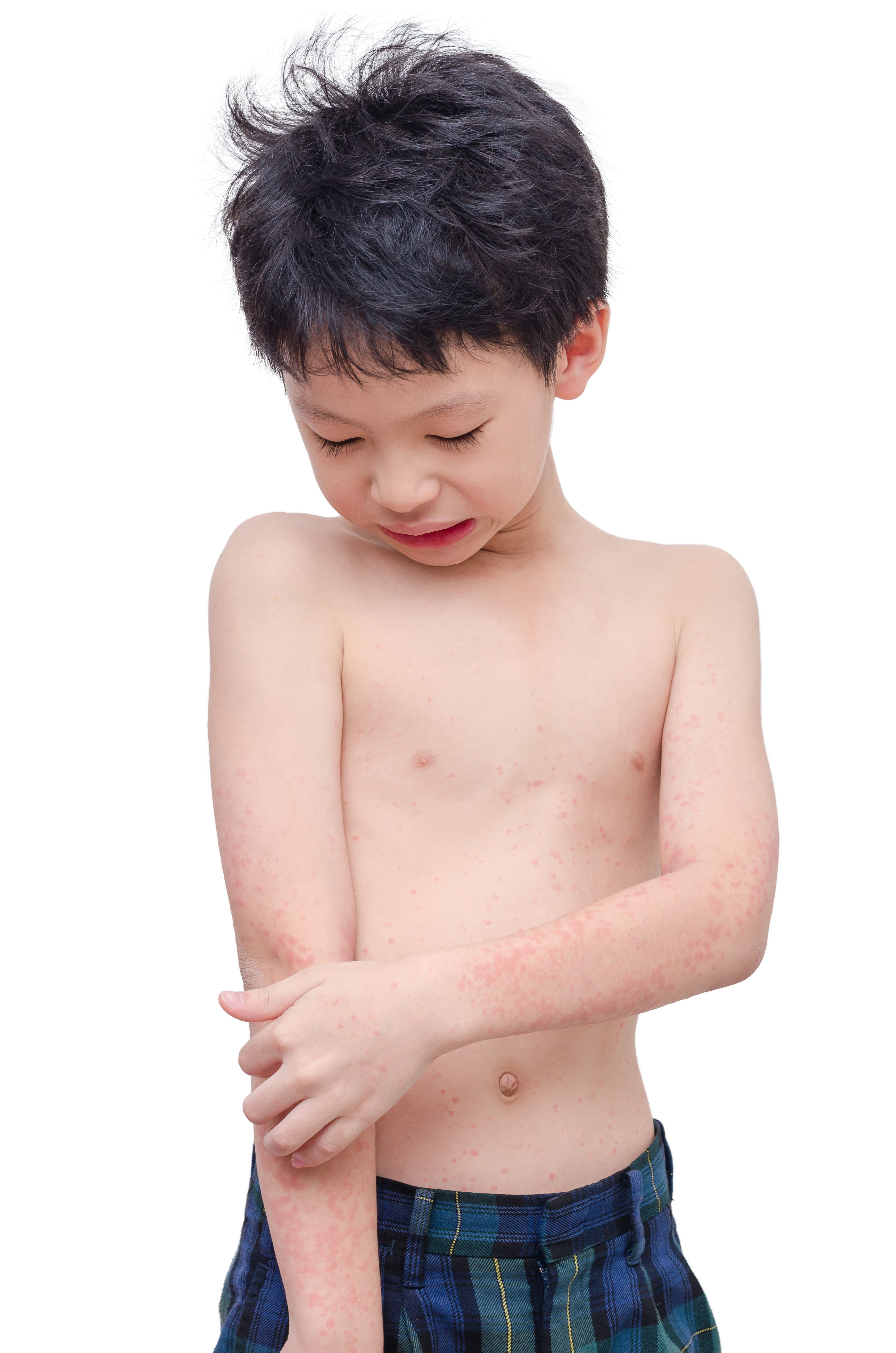- Acne
- Actinic Keratosis
- Aesthetics
- Alopecia
- Atopic Dermatitis
- Buy-and-Bill
- COVID-19
- Case-Based Roundtable
- Chronic Hand Eczema
- Chronic Spontaneous Urticaria
- Drug Watch
- Eczema
- General Dermatology
- Hidradenitis Suppurativa
- Melasma
- NP and PA
- Pediatric Dermatology
- Pigmentary Disorders
- Practice Management
- Precision Medicine and Biologics
- Prurigo Nodularis
- Psoriasis
- Psoriatic Arthritis
- Rare Disease
- Rosacea
- Skin Cancer
- Vitiligo
- Wound Care
News
Article
Severity of Atopic Dermatitis Increases Disease Burden
Author(s):
Among children and adolescents with atopic dermatitis, higher severity led to more school absences.
Among children and adolescents aged 6 months to 17 years, an increased severity of atopic dermatitis (AD) was associated with more atopic comorbidities, a higher utilization of healthcare resources, and more school absences.1 The 547 Japanese patients included in the analysis showed that a higher severity of AD disease had a greater impact on disease burden.
gamelover/AdobeStock

Researchers used data from the EPI-CARE cross-sectional, epidemiologic study that was conducted between September 26, 2018, and March 5, 2019. Children and adolescents or their parents completed the 30-minute online survey that covered demographics and AD disease. Disease severity was determined using the Patient-Oriented Eczema Measure (POEM) with a range of 0 being the lowest severity and 28 being the highest, and the Patient Global Assessment with a range of clear/mild, moderate, or severe. A numerical rating scale (NRS) of 0 (low) to 10 (high) was used to assess AD symptom severity.
Study outcomes included disease prevalence, symptom NRS scores, number of disease flares, prevalence of atopic comorbidities, missed school days, healthcare resource utilization, and health-related quality of life (HRQoL).
Ohya et al utilized descriptive statistics with continuous data described by means, medians, standard deviations (SD), and ranges, and categorial data described by the number and proportion of patients. “The numbers of patients as a proportion of the sample, means, and medians were weighted; absolute patient numbers were unweighted.”
AD severity based on POEM was clear/mild in 63.3% of patients, moderate in 32.5%, and severe in 4.4% of patients. The mean NRS scores for itching were higher in patients with severe AD among all of the age groups. Adolescents with moderate AD had itching scores similar to those with severe AD. Skin pain and sleep disturbance also increased as disease severity increased.
Among patients with severe AD, 79.3% had experienced 3 or more disease flares in the previous month, with more children under age 12 years experiencing 3 or more flares in the month than adolescents. More than 2/3 of patients had at least 1 atopic comorbidity, with the most common being hay fever, allergic rhinitis, asthma, and seasonal allergies. Among patients aged 6 to under 12 years with severe AD, 100% had food allergies.
Patients with moderate or severe AD had a higher number of emergency department visits in the 12 months prior to the survey. Hospitalization was required in 2.9%, 9.2%, and 20.5% of patients with mild, moderate, and severe AD, respectively. For the month prior to the survey, school absences were approximately 3 times higher in those with moderate or severe AD compared to those with mild AD.
In children under 6 years old, an increase in AD severity led to higher reports of itching and scratching, time to sleep onset, and discomfort dressing and undressing.
Limitations of the study were the small number of pediatric patients with severe AD, limited follow-up time, and the lack of a control group.
Reference
- Ohya Y, Saeki H, Nawata H, et al. The disease burden of pediatric patients with atopic dermatitis in Japan. Pediatr Dermatol. 2023;1-6. doi:10.1111/pde.15399
Newsletter
Like what you’re reading? Subscribe to Dermatology Times for weekly updates on therapies, innovations, and real-world practice tips.











